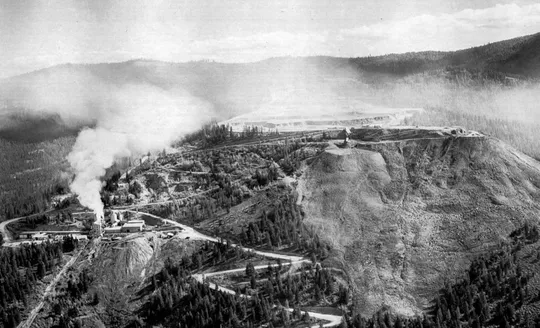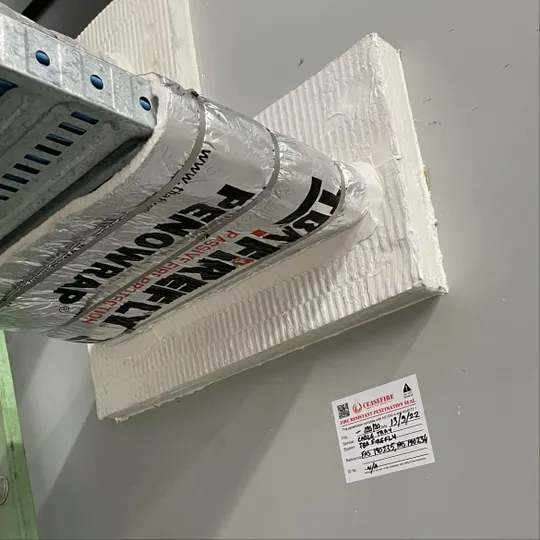
Active fire protection Systems
Active fire protection is the opposite of passive fire protection. It does not work passively, but instead actively. It often requires a source of power to work and prevent the spread of fire. Active fire systems are more proactive and require a flame source and its activation can be manual (e.g., fire extinguishers) or triggered by a program.
What does passive fire protection look like?
Passive fire protection takes many different forms and there is not restricted to specific products or systems as passive fire protection is often behind the scenes but also at the forefront. A concrete wall in your carpark is probably part of the passive fire protection system of the building. If it has an FRL and prevents the spread of fire, it is likely part of a passive fire system. A vermiculite ceiling and intumescent paint on steel is also a form of passive fire protection that you may commonly see without knowing it. This should be installed by passive fire protection professionals. Ceasefire PFP has a team of passive fire installers in Sydney who can meet your passive fire requirements.
Active vs Passive Fire Protection
What are some examples of passive fire protection and active fire protection?
Fire protection systems that work passively include:
- Compartmentation such as walls, ceilings, slabs,
- Compartmentation of ducts, risers and other passages
- Protection of structural elements of a building such as steel columns and beams
- Fire collars and dampers that work to shut off penetrations and services such as pipes and exhausts

Fire protection systems that work actively include:
- Sprinkler systems
- Fire alarm systems
- Fire hose reels
- And even usage of portables such as extinguishers and blankets can be deemed active systems
Which one is better, active or passive?
Whilst passive is somewhat of an unsung hero (especially in the past), both systems should be employed to guarantee the safety of a building and its occupants. Careful design considerations are made in Australia so that both schools work together. Both are accepted and proven fire rating solutions that supplement each other. Even though both are mandatory, passive fire control measures are often left as an afterthought. Passive fire certification will not be provided if the building is not compliant, so get in touch with a passive fire consultant to discuss your requirements.












